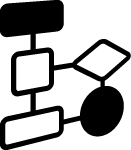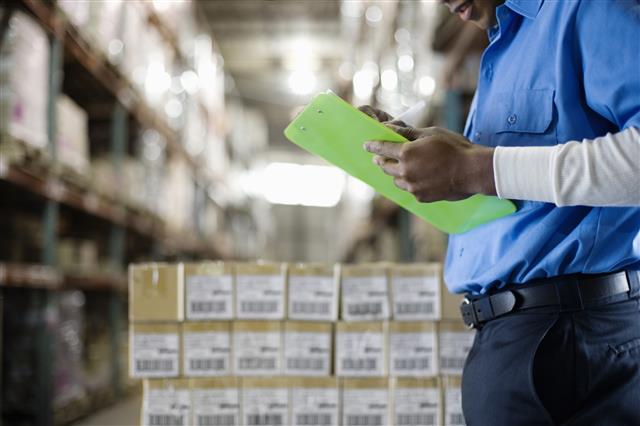Written by Kevin Horey
Vice President and General Manager, Workflow and Solutions, Xerox Corporation
Name a challenge that print providers face today, and odds are good that a more automated workflow will help to meet it. Need to build a promising new multi-media application? Need to get more, shorter-run print jobs out? Need to cut costs? The list goes on. Workflow automation meets these and other challenges by enabling new business while helping to meet and exceed cost, quality and speed targets.
But workflow automation presents challenges, as well. Automation works best on repetitive, assembly-line-like tasks—like Ford Model Ts delivered in the color of your choice as long as it’s black. Yet most printing involves custom manufacturing of unique pieces. How do you automate these processes?

One way is by constraining options. For example, many print providers help small and medium-sized businesses meet marketing needs by offering template-based marketing materials. By ganging jobs from multiple clients into a single, automated workflow, the pieces are cost-effective for clients and profitable for providers. Vistaprint is successful with this model on a national scale in the United States, as is Shutterfly with photo products like books and cards. Because volume is critical to this business model, global, national and regional firms with highly refined best-in-class, low- or no-touch workflows tend to dominate. Competition is about as fierce as it gets.
Increasingly, however, automated workflow is taking a different tack. Rather than constraining options, some systems are helping print providers more easily tap the full range of capabilities in their print and digital systems to automate more of their bread-and-butter custom work.
A key contributor: the conditional workflow, built with software that can be programmed for “if-then” scenarios. Jobs can be routed automatically on different paths depending upon variables such as customer responses (one mailer for customers seeking more information, another for non-responders), paper stock (post card for one, letter for another) and other factors.
Building these conditional workflows has long required skilled programmers developing each workflow from scratch in linear fashion. Newer “rules-based” workflow software, such as Xerox FreeFlow Core, offers simple drag-and-drop programming and reuse of workflow modules, making conditional workflow development achievable for more print shops to help them get more jobs out each day and eliminate errors.
A complication to these workflows is that much of this work is produced in multiple media, both print and digital. XMPie software has long enabled the creation personalized pieces in multiple media, such as emails, the Web, mobile messages and print. But multi-media distribution of static pieces—such as books, magazines and marketing collateral—has remained largely a manual process until recently.

The latest solution from Xerox, FreeFlow Digital Publisher, is changing that script. Built in partnership with GTxcel and working in conjunction with FreeFlow Core, this solution enables users to seamlessly create electronic versions of their printed content for use on tablets and mobile devices – all from a single workflow. Newsletters, annual reports, catalogs and magazines can all be enhanced with the insertion of rich media, such as video, audio and animated graphics. Detailed analytics give you and your customers key insights on critical data, such as open rate, readership and more. For print providers, these capabilities open new conversations – and enable brand new revenue streams.
A similar hybrid approach is being applied to finishing devices to improve their flexibility in automated processes. Optimal automation has traditionally required a finishing device to run in-line, attached to the press in a system dedicated to a small set of applications. The Xerox FreeFlow IntegratedPLUS Finishing System for booklets and books, smashes that model by enabling inline, near-line and off-line finishing on a single device, extending its usefulness and making in-line finishing practical for more providers.
What barriers are you overcoming in applying workflow automation to your custom manufacturing processes—and what benefits are these initiatives bringing to your business?



